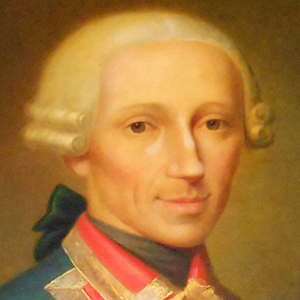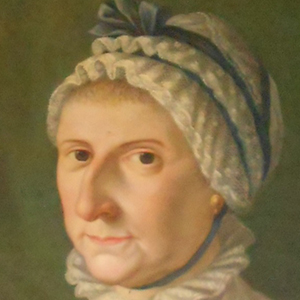The text found in the centre of the room is taken from the tale told by Giovanni Boccaccio in Genealogy of the Gods. In this, Prometheus models a human figure out of mud, that is both inanimate and defenceless. This all takes place under the watchful eye of Minerva the goddess, who is clearly recognizable from her suit of armour, helmet and shield which bears the image of a gorgon. At the top left is the second scene, which illustrates the theft of fire from Apollo’s chariot. Immediately below this is the moment in which Prometheus brings the flame back to earth and with it touches the chest of the just-modeled man, instilling in him the breath of life. This room is currently used as a bedroom by the Doria family, and has been used in this way since the time of Giovanni Andrea I. To the left, there is the small changing room of Lady Zenobia, the wife of Andrea’s successor. At the same time as its construction, she contracted the illness that would kill her around 1590. Towards the end of the eighteenth century, the room was part of the apartment that Giuseppe Verdi rented, and he most probably used it as an anti-room. A large part of the furniture dates back to the time of Andrea IV Doria and Leopoldina Savoy’s wedding, the paintings of which can be seen to the side of the baroque mirror. Of particular value, the three chests of drawers, which are of Roman origin, bear the eagle-crest of the Dorias in their bronze corners. These were probably commissioned for the villa in Gianicolo. There is also a splendid dressing table beside the changing room, which depicts the female figure of Fame, triumphantly carrying the Doria eagle with the emblem of the Savoys on her chest.
Recently redecorated, the limited space available depicts Christ Praying in the Garden of Gethsemane and Christ with the Crown of Thorns Presented to the People (Ecce Homo) laid out inside a gilded frame. In the Doria archives, a payment to the artist Lazzaro Calvi has been discovered for these works, who was probably aided by a second artist of Tuscan origin. The altar that is present is made of marble from Carrara by the marble-sculptor Antonio Severa, and the decorative panel, made by the goldsmith, Gianni Ricci, is made up of a lead base, with copper, silver and gold writing. These were placed here on the occasion of the two-hundredth anniversary of Giuseppe Verdi’s birth. From the edge to the centre, the text repeats the most famous parts of the Requiem: Libera me dominum, Salva me, Dies Irae, thus highlighting the last period of the master’s life, in which he worked on holy music. At the top of the structure, a beautiful eighteenth century ivory crucifix stands out, demonstrating the strong devotion to the Passion of the Christ that was evident in all of the remaining catholic countries following the Reformation.

This little painting dates back to 1838, identifiable from text on its back that gives the origin of the work as being an heirloom of a miniature image of Andrea IV Doria Pamphilj, who died in 1820. The posthumous portrait, the use of which was in high fashion at the time, celebrated the deceased son of Giovanni Andrea IV Doria Landi, who was the last member of the family to be born in Genoa. His father was able, thanks to the marriage in 1671 of Anna Pamphilj with his forefather, Giovanni Andrea III, and the heirless-passing of Gerolamo Pamphilj in 1763, to be recognized as being the legitimate descendant of the Pamhiljs, only to die the following year. The task of managing this complex situation and of ordering new fittings for the family’s two main dwellings in Genoa and Rome, fell to Andrea IV. Born in 1744, he would go on to ably safeguard the family’s interests through difficult times for the aristocratic class.

This portrait acts as a kind of pendant to the previous painting, and from text on the back, we know the subject, the circumstances in which it was created, and also that the artist responsible was Antonio Concioli. The subject is Leopoldina di Savoia Carignano, who died in 1807 and whose image was obtained from her death mask. Andrea IV Doria, after complex negotiations, married the noblewoman from the Savoy family in 1767 in Turin. She was the daughter of Luigi Vittorio di Savoia Carignano, thus forming the last marriage of the ‘Ancien Regime’, which time after time had consolidated the economic and political positions of its descendants. The younger sister of Leopoldina, Maria Teresa di Savoia, wife of the Prince of Lamballe, became one of Queen Marie Antoinette’s closest friends, for which she was slain during the French revolution of 1792.